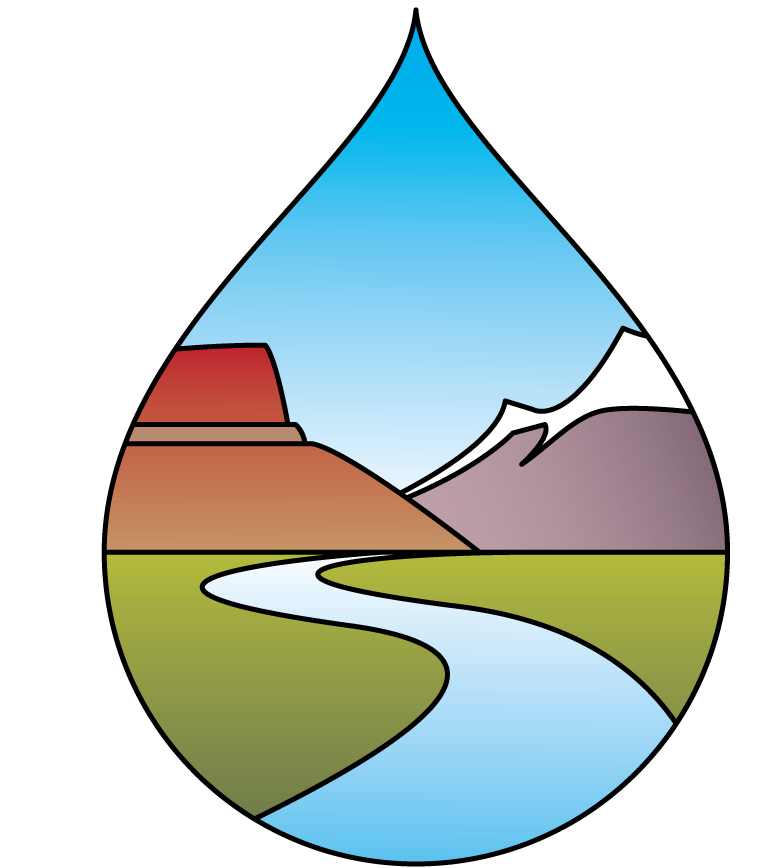Position #463 – March 25, 2021
WHEREAS, the West enjoys diverse and abundant energy resources, including renewable and non-renewable resources, but water is scarce in much of the region and may or may not be sufficient for all proposed uses; and
WHEREAS, power plant cooling and other energy resource development and related water requirements can be significant on state, local and westwide scales; and
WHEREAS, the West is a leader in the planning, development, diversification, management and protection of the Nation’s water and energy resources; and
WHEREAS, in the West, maintaining adequate and sustainable supplies of clean water and energy present interrelated challenges given a growing population, increasing water and energy demands, and an uncertain climate subject to multi-year drought and other extremes; and
WHEREAS, an integrated approach to water and energy resource planning, development, diversification, management and protection is necessary to achieve a thriving and sustainable future for the West; and
WHEREAS, effectively planning for the future requires gathering and integrating data and information on past, present and future water and energy supplies and demands, including embedded demands by different sectors/uses and users; and
WHEREAS, in general, current water use data (especially consumptive water use data) are not sufficient for detailed and comprehensive analyses to support many water/energy decisions and policymakers’ needs; and
WHEREAS, the Western Governors’ Association, Western States Water Council, Department of Energy, Sandia National Laboratories (and other DOE laboratories), Western Interstate Energy Board, Western Electric Coordinating Council, Electric Reliability Council of Texas and others have worked collaboratively to develop a better understanding of water and energy supplies and demands; and
WHEREAS, public-private partnerships are increasingly important in addressing our future water and energy challenges; and
WHEREAS, there is a continuing need for federal and state water and energy resource agencies, public utility commissions, and other planners, regulators and policymakers to better define and consider the nexus between water and energy resources in their respective areas of jurisdiction; and
WHEREAS, continuing water and energy nexus research and development is needed to further our understanding and evaluate the effectiveness of different policies and programs given various future scenarios;
NOW THEREFORE BE IT RESOLVED, that western water and energy planners, policymakers, managers and regulators should consider the following:
(1) integrating water and energy policies and engaging water and energy planners to maximize program and project effectiveness and efficiencies;
(2) supporting new and continuing data gathering, analyses and research related to better understanding water and energy supplies and demands, and related science;
(3) promoting integrated water and energy conservation and use efficiency;
(4) seeking to minimize economic, environmental and other costs of providing adequate, reliable and sustainable supplies of water and energy;
(5) expanding public education, engagement and outreach to highlight the importance, vulnerability and interrelated nature of our water and energy resources;
(6) ensuring decisions related to the siting, construction and operation of water and energy development projects include an evaluation and appropriate consideration of the interrelated impacts of such development;
(7) tailoring the use of alternative cooling technologies and other energy-related options to the availability of water, and the related opportunity costs related to other water uses;
(8) seeking to develop a diversified portfolio of water and energy resources and assets to maximize reliability and flexibility;
(9) taking advantage of synergies and economies of scale related to integrating water and energy conservation, development and protection programs and projects;
(10) evaluating and integrating life-cycle costs related to water and energy supply development, conveyance and transmission;
(11) integrating short and long-range water and energy supply planning;
(12) promoting the development and use of “smart” technologies for management of water and energy demands and production; and
(13) ensuring that the West maintains sustainable, reliable and robust infrastructure systems necessary to deliver adequate supplies of clean water and energy to meet present and future needs.
Revised and Readopted (see former Position #420 – March 14, 2018)
